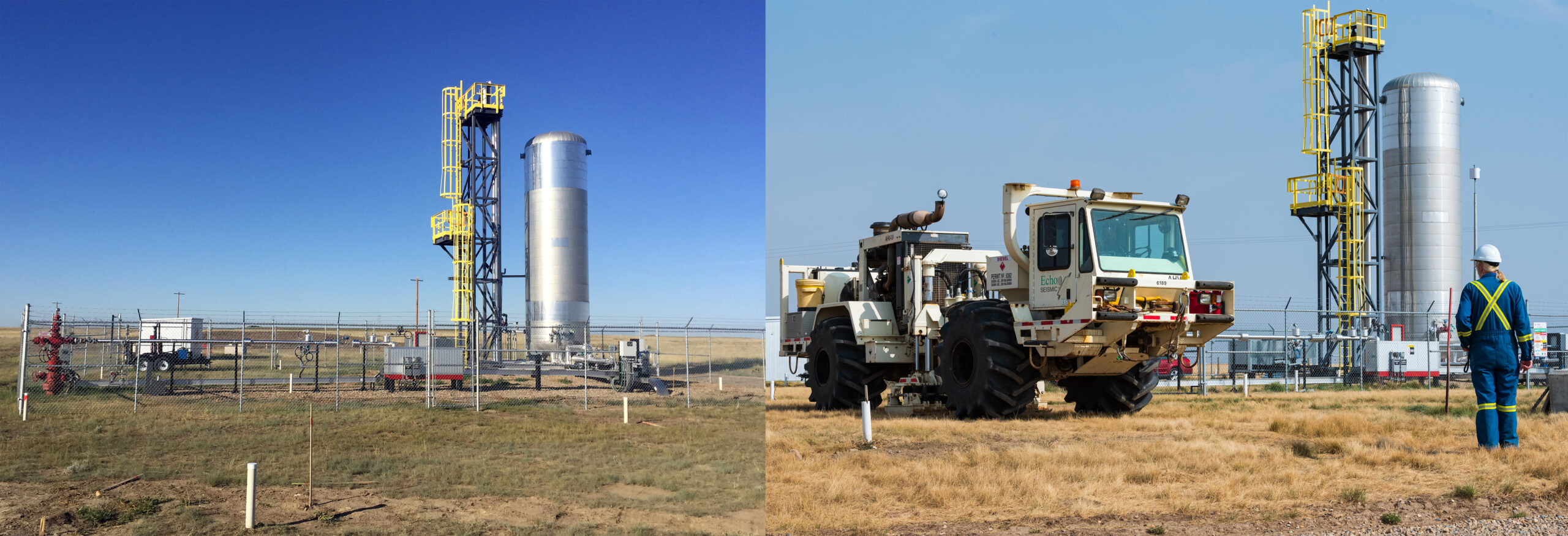CGG has joined a CCUS research program offered by Carbon Management Canada, a national, not-for-profit leader in developing and implementing new technologies that capture, utilize, store and monitor greenhouse gases.
CMC focuses on measurement, monitoring and verification technologies for secure and cost-effective carbon capture and storage (CCS) operations.
“We’re excited to welcome CGG to our Joint Industry Partnership. The program aims to evaluate the suitability of a range of monitoring technologies to detect and track the movement of CO2 stored in underground geological reservoirs,” said Don Lawton, CMC’s Director of Science. “Our experience will add to CGG’s expertise and knowledge in reservoir modelling, engineering, monitoring and geoscience technologies.”
As part of its membership, CGG’s CCS & Energy Storage Group will have access to extensive high-quality CCS monitoring data and information acquired at the CMC field research station (FRS) located near Brooks, Alberta as well as first access to research results from CMC’s experts, researchers from the University of Calgary and other academia partners. CGG will also collaborate with other partners and be able to prove the monitoring capabilities of its advanced integrated geoscience workflows and its Sercel sensors, acquisition and monitoring solutions.
Dave Priestley, VP, Energy Transition & Environment, CGG, said: “With more than fifteen years of experience in CCUS projects, CGG has a strong track record of helping operators evaluate and mitigate risk. Our support of the JIP program, an important research-led initiative, underlines our commitment to collaborating with industry, governments and academia to share knowledge and advance the performance of CCUS monitoring technologies.
“Having access to the FRS monitoring data and information will also enable our CCS & Energy Storage group, with expertise in storage evaluation, reservoir modelling, engineering, instrumentation and monitoring, to build on our proprietary technology and workflows to bring the best subsurface insight and CCUS monitoring strategies.”





